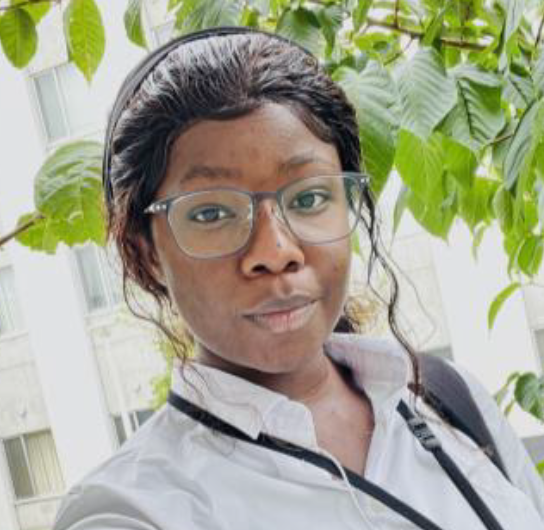
Chimuka Handabile
, PhD Postdoctoral Fellow
Hokkaido University
Institute for Vaccine Research and Development: IVReD
Institute for Vaccine Research and Development: IVReD
Research theme
- Developing influenza vaccines with enhanced quantity and stability of neuraminidase
Keywords
- Influenza
- Neuraminidase
- Inactivated intact virus vaccine
- Cross-reactive antibodies
Overview of Research
- While hemagglutinin (HA) has traditionally been the primary focus in influenza vaccine development, the conserved nature of neuraminidase (NA) across influenza strains provides an attractive target for vaccine formulations to combat the ever-evolving virus strains. However, current vaccine preparation methods are more focused on HA, thus very little is known about the quality and quantity of NA during vaccine preparation, inherently inducing varied-NA antibody responses which may be undetected in some cases. It is widely reported that immunity to NA is pivotal in reducing influenza burden caused by heterologous strains, therefore vaccine formulations that contain both HA and NA may hold more comprehensive and effective immunization strategies. In this study, we will explore vaccine preparation methods such as cell culture conditions and purification and establish a method to improve the quantity and stability of immunogenic NA.
- The ability of NA to confer immunity across different subtypes holds implications for pandemic preparedness. Over the last decades, the threat of high pathogenicity avian influenza viruses (HPAIVs) has increased. Since most humans are generally naïve to HPAIVs, a pandemic caused by these viruses would be catastrophic. Pre-existing cross-reactive immunity induced by vaccination to seasonal influenza viruses could serve as a first line of defence before availability of virus-specific vaccines. Inclusion of NA in vaccine compositions can enhance cross-reactivity and broaden the protective spectrum. We aim to develop inactivated intact particle virus vaccine with standardized NA that induce cross-reactive antibodies to mitigate pandemic threats by HPAIVs.
